We are testing the Russian E-Class server platform from T-Platforms
 In the previous article about domestic manufacturers of server hardware, I tried to reveal the features of the entire production and assembly cycle of servers. The results of the last voting showed that you trust the products of A-brands more. But, as you know, few people produce components on their own - for this there are already proven global manufacturers. And one of the main differences between A-brands, in addition to service, is the development of a unique design of the case, motherboard, discrete controllers, writing your own BIOS and FW.
In the previous article about domestic manufacturers of server hardware, I tried to reveal the features of the entire production and assembly cycle of servers. The results of the last voting showed that you trust the products of A-brands more. But, as you know, few people produce components on their own - for this there are already proven global manufacturers. And one of the main differences between A-brands, in addition to service, is the development of a unique design of the case, motherboard, discrete controllers, writing your own BIOS and FW.In one of the projects of the STSS company for the supply of server equipment, I ran into a server platform designed here in Russia.
I want to devote this article just to this domestic development from T-Platforms .
The E-Class server platform is based on the advanced V210 motherboard for Intel Xeon E5-2600V3 processors.
It was developed in Russia with the perspective of transferring the production of electronic circuit boards to the territory of the Russian Federation. The motherboard provides a high level of information security due to the possibility of installing trusted boot modules in the mPCIe form factor that meet the requirements of the FSTEC and the FSB to protect information constituting a commercial or state secret.
The composition of the platform
The platform includes the TP V210 motherboard developed in Russia and the Chenbro case with a double power supply unit of 800W or 1200W, which has been specially designed for the T-Platform with a unique design.
Let's start with the body
As the basis, the hull brothers RM23612 was used. But it is recognizable only by the front panel. The case of the T-Platform is 195 mm deeper and has ample opportunities for modernization and optimization.
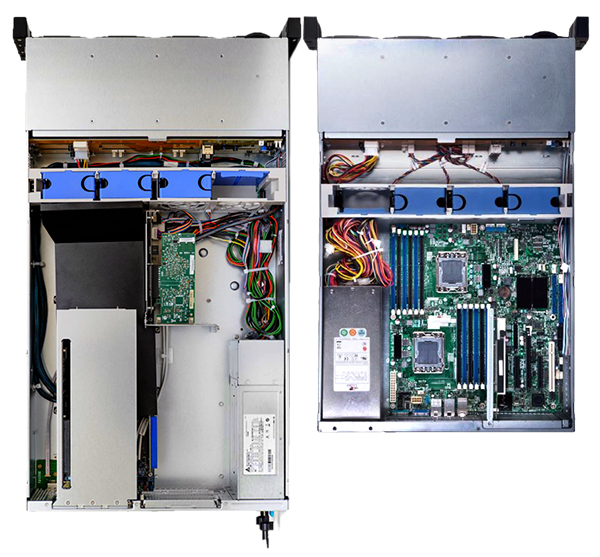
')
Internal changes, from the fan septum to the rear panel, including the latter, are quite significant. The case is adapted for use with the V210 motherboard: the power supply has been moved to the opposite side, the back panel is designed to use 2 riser cards, which allows the use of 2 PCI-E x16 slots.
In addition, there is additional space inside the case for installing 2 additional PCI-E devices, for example, a discrete controller and a graphics coprocessor, without the possibility of output to the rear panel. Thus, we get a 2U-platform with the ability to install 4 full-expansion cards.
Implementation options for E-Class platforms can be seen in the official presentation . There are various combinations of riser-cards, back panels and additional backplanes for baskets with hot-swappable disks.
For the rest, everything is just like the original case: the front backplane for 12 SAS / SATA 3.5 "/ 2.5" disks is hot-swappable, and the baskets are already adapted to use 2.5 "disks without an additional slide (on video can be seen.) Support for 4 high-speed 80mm fans, hot-swappable. If the 4th fan is not installed, then a plug is provided to optimize the air flow.
Accelerated by 10 times the record assembly server based on E-Class
Motherboard
The motherboard, as already mentioned, was developed in Russia. For detailed acquaintance with the design, functional diagram and technical characteristics, it is better to use the official document .

The main features include 4 PCI-E x16, which become useful due to the optimization of the case. The board has a slot for microSD memory cards. IPMI is optional, and in my case, unfortunately, was absent.
Surprised scheduling SATA ports. Since The motherboard is versatile and is designed for use in various cases; on the front of the board,
So these 2 front SATA ports are numbered No. 0 and No. 1. Accordingly, the SATA ports in the Mini-SAS form factor begin to be numbered from number 2 and so on. It turned out the numbering glitch when connecting disks through the backplane using the Mini-SAS integrated controller. The controller numbers the disks starting with # 2, and the backplane - from # 0. As a result of this numbering shift, when a driver tries to signal a danger, it sends its port number to the backplane, for example # 2. And the backplane perceives this number as its port number and flashes a basket light into which the disk number 4 is installed according to the controller numbering.
T-Platforms promised to sort out this issue and get rid of the numbering error in the new BIOS version.
Comparative tests
In order to evaluate this domestic product, I conducted small comparative tests of two identical configurations: T-Platforms and Supermicro.
E-Class Server Configuration
E-Class Platform Based on V210
2 x Intel Xeon E5-2620V3
32GB DDR-4 PC4-17000 ECC Registered
SSD Intel S3500 series 120GB
Supermicro Server Configuration
Supermicro platform based on X10DRi
2 x Intel Xeon E5-2620V3
32GB DDR-4 PC4-17000 ECC Registered
SSD Intel S3500 series 120GB
SiSoftware Sandra Testing
Both systems turned out as identical as possible. Therefore, I was interested in how both configurations will behave during Sandra load tests.
Total performance index
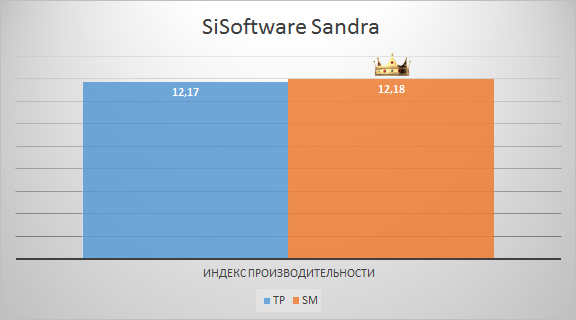
CPU performance comparison
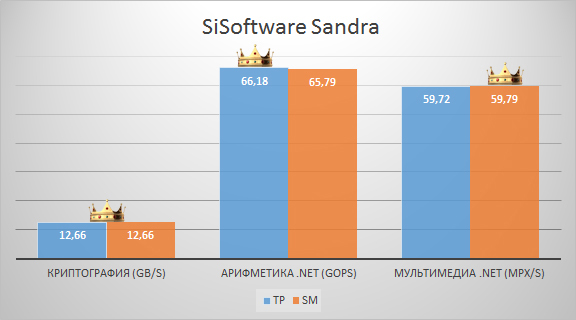


Memory performance comparison

Disk performance comparison



PassMark PerformanceTest Testing
The results of this benchmark showed a stronger difference in system performance.
Total performance index

CPU performance comparison
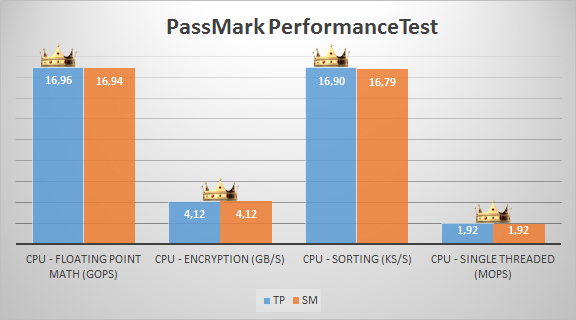




Memory performance comparison

Disk performance comparison

Evaluation of results
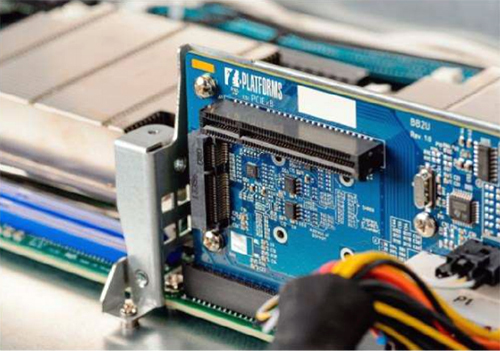
Tests were conducted each 10 times, the table shows the average results. There were runs when T-Platforms were significantly ahead of Supermicro in performance, and there were also reverse cases.
But the average result shows the following:
The performance of the processors is almost the same - there were distortions in one and the other direction, but extremely insignificant.
The memory results differ: the bandwidth of the E-Class was slightly higher than that of the Supermicro, but the response time is almost 5 nanoseconds longer. This is due to the fact that T-Platforms donated this parameter to increase the stability of the system.

The tests of the SATA controller also showed contradictory results: the E-Class platform, while sequential reading, lost to Supermicro, but played for IOPs and sequential writing.
What can all this tell us? Yes, that our developers have created the latest generation motherboard, which competes with the best-selling mass segment! In this case, all design documentation is made in Russian according to Russian design standards. According to the latest data, the production of motherboards is already being transferred to Russia.
For those who have not watched the official presentation of the platform, lay out a selection of implementation options under the spoiler.
Models of various configurations of the E-Class platform
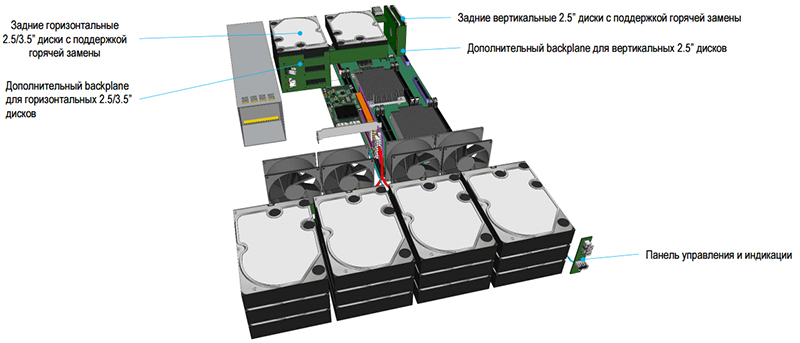
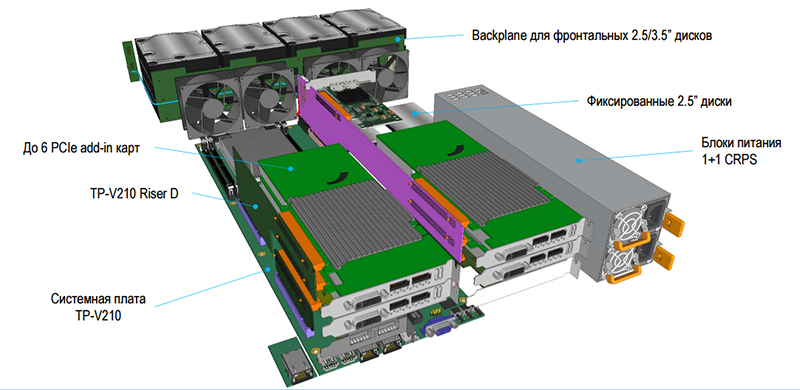
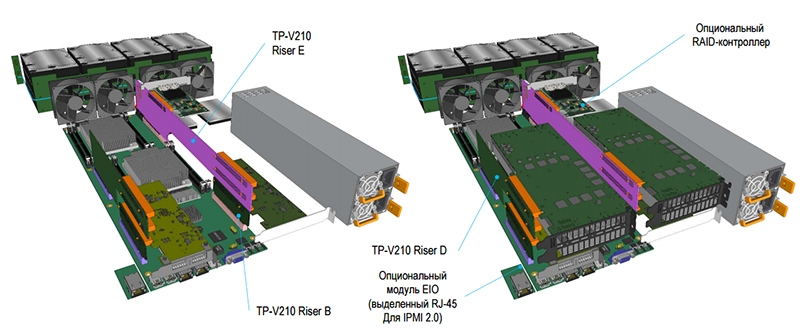

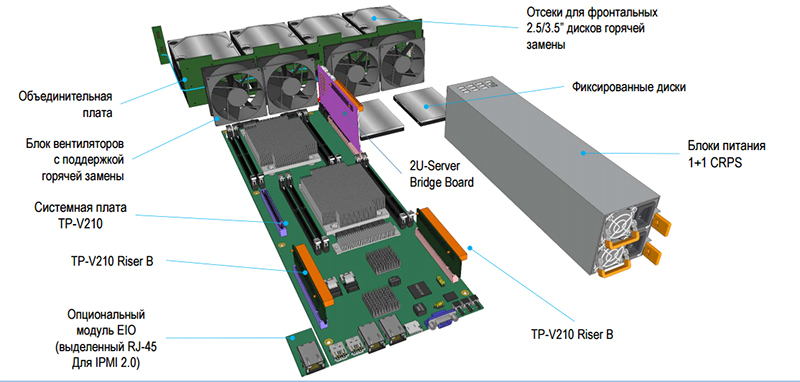






And finally. The operation manual is written in Russian and contains 250 pages!
Source: https://habr.com/ru/post/273247/
All Articles